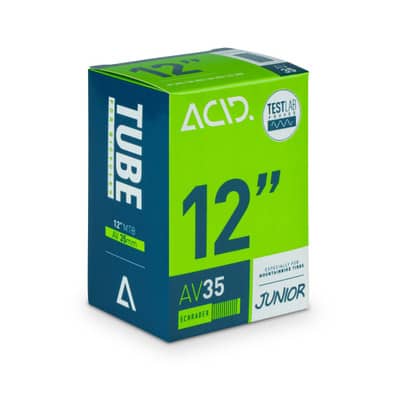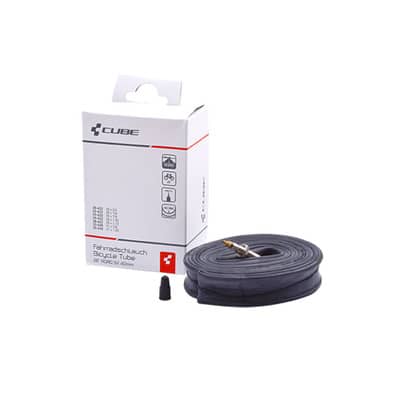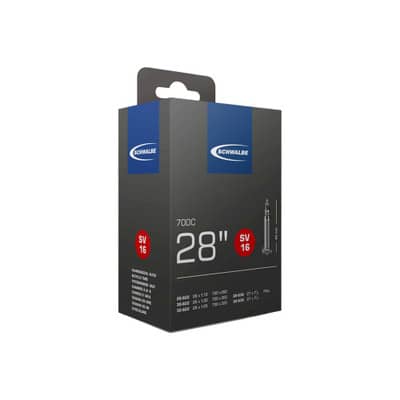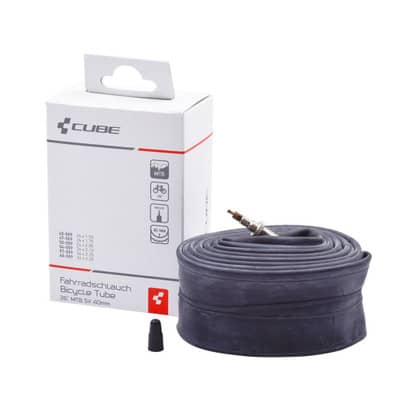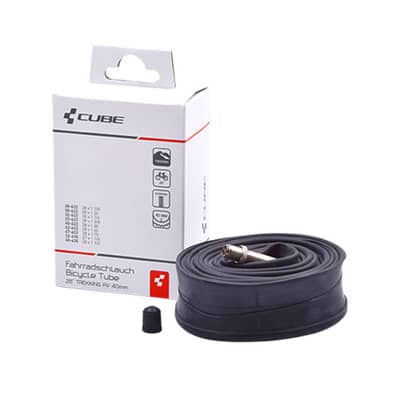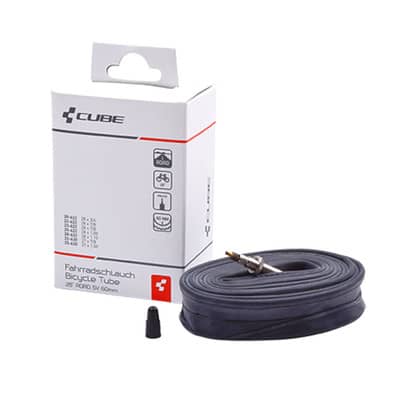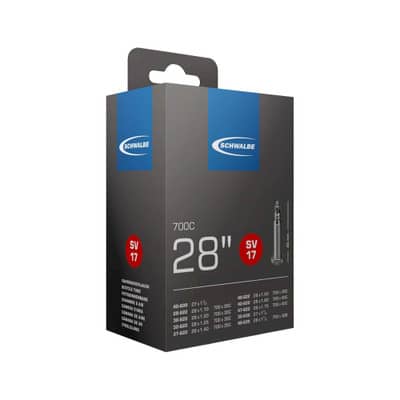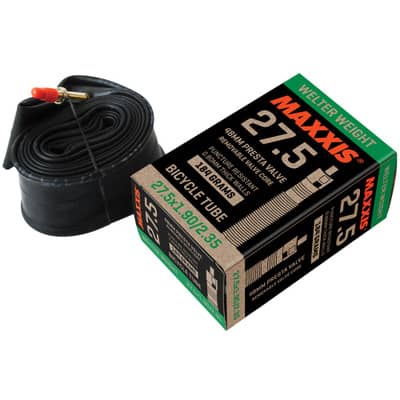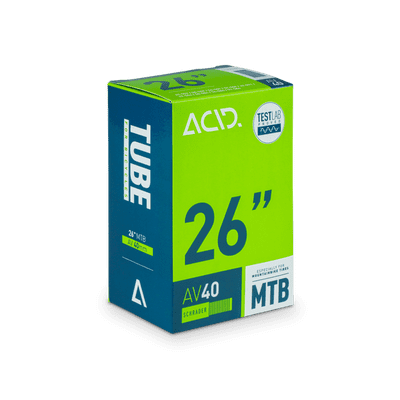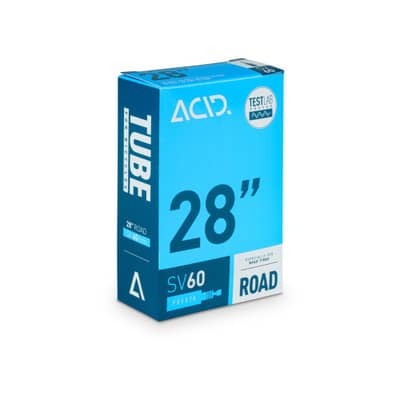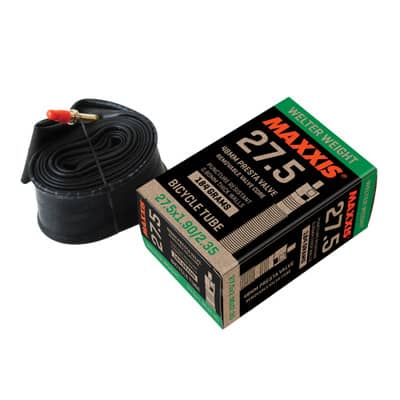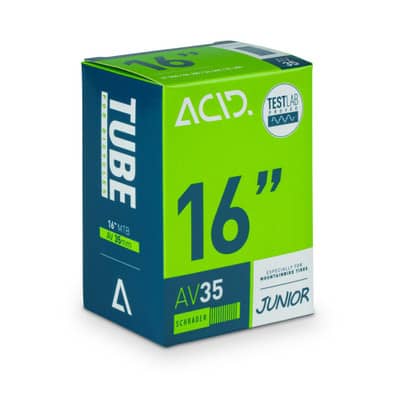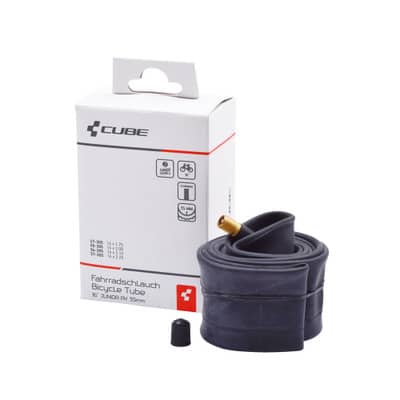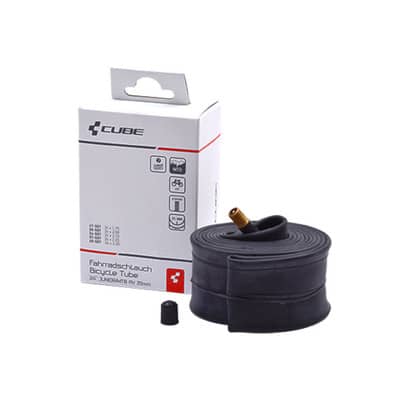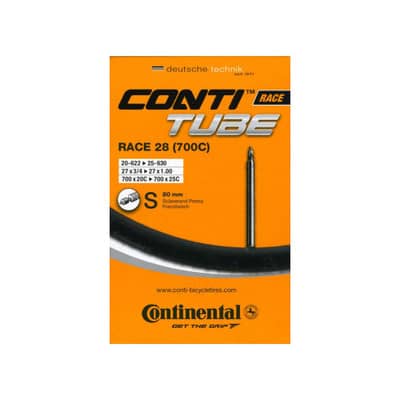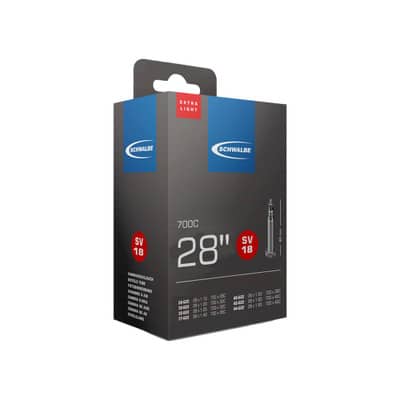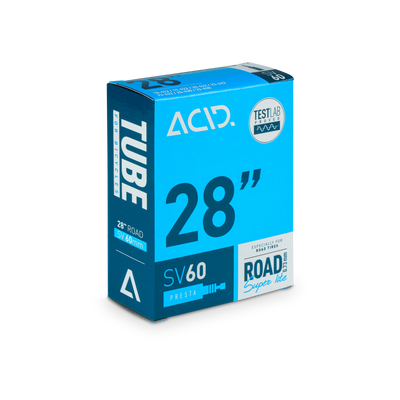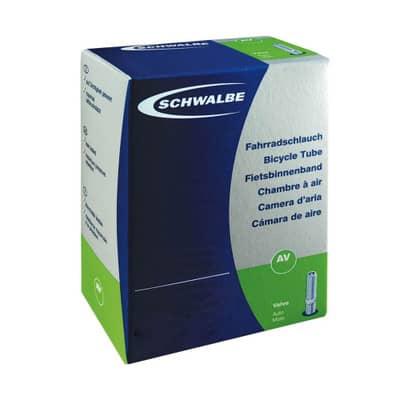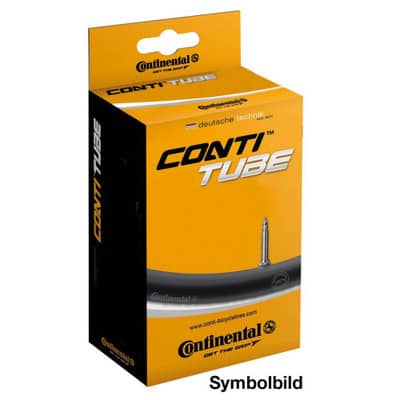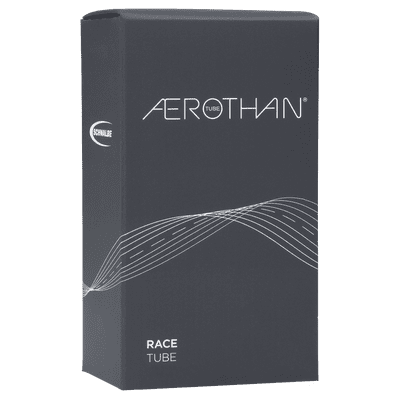Hoses
Not every tire is compatible with every rim. Basically, you have to ask yourself whether you want to ride your bike with or without a tube.
Here you will find different tubes in different sizes, models and widths.
8.50 €*
excl. shipping costs
In stock, available
12.90 €*
excl. shipping costs
In stock, available
14.50 €*
excl. shipping costs
In stock, available
6.95 €*
excl. shipping costs
In stock, available
10.90 €*
excl. shipping costs
In stock, available
10.96 €*
excl. shipping costs
In stock, available
-23%
12.90 9.90 €*
excl. shipping costs
In stock, available
31.90 €*
excl. shipping costs
In stock, available
BLACKWEEK
-{{UVPPercentDiscount}}%
new {{jahr}}
TOPDEAL
{{#UVP}} {{UVP}} {{/UVP}} {{record.Preis}}*
{{#FreeShipping}} free shipping {{/FreeShipping}} {{^FreeShipping}} excl. shipping costs {{/FreeShipping}}
{{^onStock}}Lieferzeit: {{/onStock}}{{record.Lieferbarkeit}}
- {{caption}}
- {{caption}}
- {{caption}}
- {{caption}}
- ...
- {{caption}}
- ...
- {{caption}}
- {{caption}}
- {{caption}}
- ...
- {{caption}}
- {{caption}}
- ...
- {{caption}}
- {{caption}}
- {{caption}}
- {{caption}}
Bicycle tires with or without inner tube: the choice between tradition and innovation
When it comes to bike tires, you have a choice between two main options: Tubed tires or tubeless tires without tubes. Both have their own advantages and disadvantages that can affect your ride.
Tubular bike tires: traditional reliability
Tubular bike tires are the traditional choice and have been used for a long time. These tires consist of an outer tire and an inner tube that is filled with air. The combination of tire and inner tube provides familiar comfort and reliability for various types of bicycles.
Advantages of bicycle tires with inner tube:
-
Easy to repair: in the event of a puncture, you can easily replace or repair the inner tube by applying a patch.
-
Wide availability: inner tubes are widely available in different sizes, which makes it easier to choose.
-
Cost-effective entry: tubular bike tires are often less expensive than tubeless options.
Disadvantages of tubular bike tires:
-
Puncturerisk: tubes are more prone to punctures, as they can be damaged by external factors such as punctures or impacts.
-
Less Comfort: Tubeless tires may offer less comfort at lower pressures and could be prone to pinch flats (tube punctures).
Tubeless tires: The modern innovation
Tubeless tires are a more modern option that does away with the inner tube. The tire is mounted directly to the rim and sealed with sealant to prevent air leakage. This system offers some advantages for performance-oriented cyclists.
Advantages of tubeless tires:
-
Lower risk of punctures: tubeless tires are more resistant to punctures because the absence of a tube minimizes the risk of punctures or impacts.
-
Lower rolling resistance: without a tube, rolling resistance can be reduced, resulting in improved speed and efficiency.
-
On-the-go repair: if you have a small puncture, the sealant can often seal the hole immediately, allowing you to continue your ride.
Disadvantages of tubeless tires:
-
Initial setup: switching to tubeless can be a bit more involved at first, as you need to find the right amount of sealant and air pressure.
-
Higher initial cost: Tubeless tires and rims can be more expensive than the traditional tube option.
Different tube models
Bicycle inner tubes are a crucial component of your bike that is often overlooked. They keep your tires filled with air and contribute to the performance and safety of your ride.
Within the tube option, there are several models:
-
Standard inner tube: these are the traditional inner tubes that are most commonly used.
-
Ultralight Tubes: these tubes are lighter and offer lower rolling resistance, but are more prone to punctures.
-
Puncture Protection Tubes: these tubes have additional layers of protection to minimize the risk of punctures.
Materials from which inner tubes are made
Bicycle inner tubes are usually made of natural rubber (latex) or butyl rubber. Butyl rubber is the most common and offers a good balance of durability and resilience. Latex inner tubes are lighter and offer less rolling resistance, but are more susceptible to air loss.
Recognition of good quality
-
Thickness of the hose: high quality hoses often have a consistent thickness. Look for areas that appear too thin or uneven, as this could indicate inferior quality.
-
Valve Quality: The valve is a susceptible area for air leaks. Make sure the valve is well made and tight.
-
Valve Cap: A high quality valvecap will protect the valve from dust and dirt, preventing air loss.
-
Seam quality: Check the seam of the hose for cracks or irregularities that could indicate inferior quality.
What you should look for when buying a tube
-
Tire size: Choose an inner tube that fits the tire size of your bike. The size is often indicated on the packaging or on the tube itself (e.g. 700c x 25-32 mm).
-
Valve type: There are different valve types such as Presta (French valve) and Schrader (Schrader valve). Make sure that the tube fits the valve of your rim.
-
Valve length: Pay attention to the length of the valve. It should be long enough to be easily inflated, but not too long to interfere with the rim.
-
Packaging: Make sure the tube comes in intact packaging to avoid damage during shipping.
-
Quality brand: choose tubes from established manufacturers to ensure higher quality and reliability.
Bike inner tubes are a simple component, but one that can have a big impact on your riding experience. By paying attention to quality and performing proper maintenance, you can ensure that your tubes will perform reliably and make your rides enjoyable.
